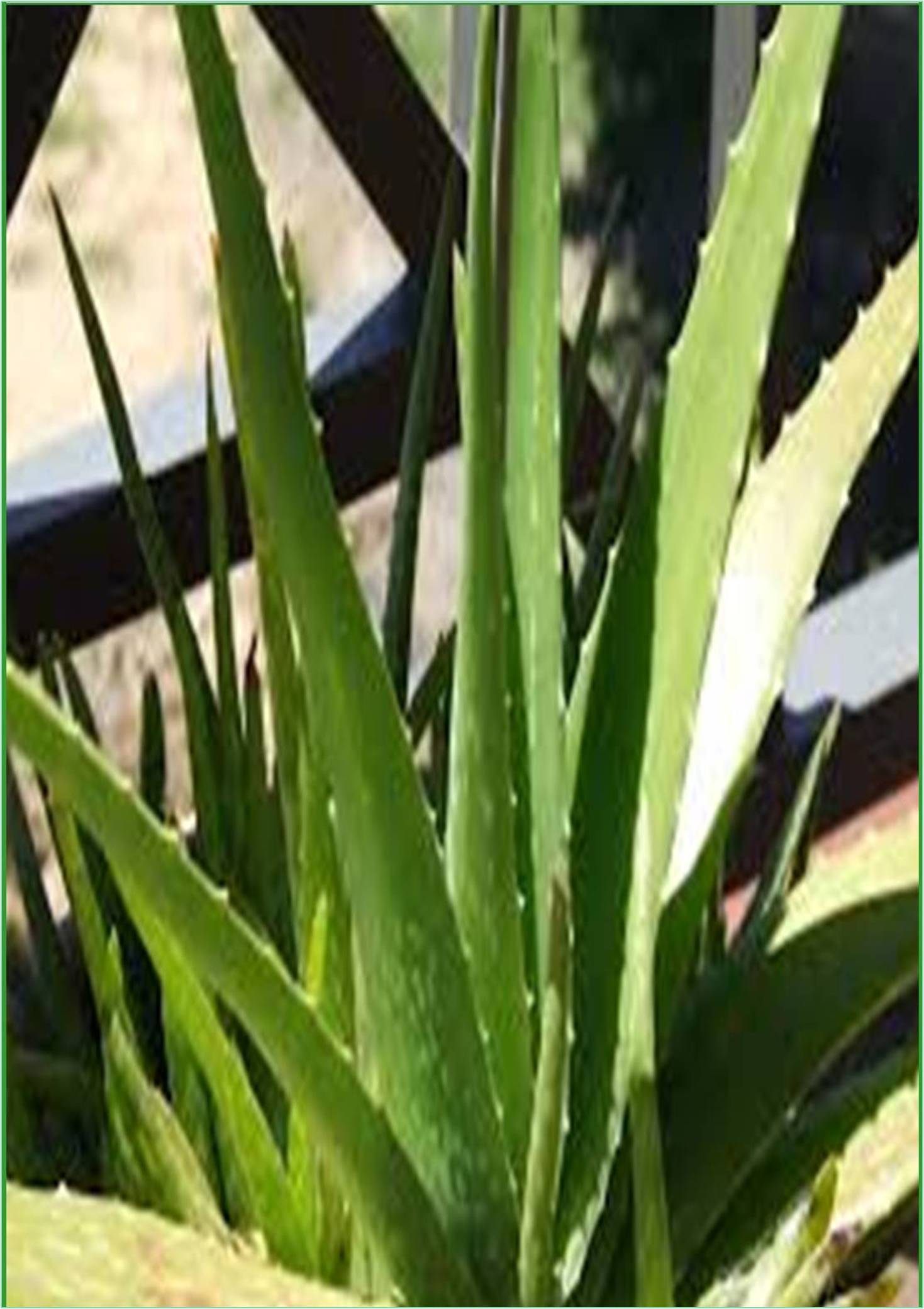



Received: 29-Nov-2022, Manuscript No. GJMPR-22-88055; Editor assigned: 02-Dec-2022, Pre QC No. GJMPR-22-88055(PQ); Reviewed: 19-Dec-2022, QC No. GJMPR-22-88055; Revised: 23-Dec-2022, Manuscript No. GJMPR-22-88055(R); Published: 30-Dec-2022, DOI: 10.15651/GJMPR.22.7.083
Utilizing medicinal plants is the most accessible primary healthcare option in remote locations with a lack of infrastructure for western medicine. Consequently, medicinal plants play a significant role in Ghanaian traditional medicine, but the uncontrolled bushes where these plants usually regenerate are being converted to other sorts of land use. Even though the bulk of land use changes are harmful to biodiversity, some indigenous land use systems are recognized as being advantageous for the ecosystem. In three various types of land use in northern Ghana protected areas, fallow land, and farmland the current study examined the variety and abundance of medicinal plants. Quadrates for each landuse were copied in three different communities and distributed at random. The three most common families of medicinal plants were Leguminosae, Combretaceae, and Rubiaceae across all land uses, but woody species were much more common in protected areas. The Shannon diversity scores, alpha and gamma diversities, Shannon diversity indices, and species richness were all higher in the protected areas. With changes in landuse, species composition also altered in beta diversity. The biodiversity of medicinal plant species needs to be protected, and farmers can do this by implementing agroforestry practices. This is important because farmlands no longer support the same amount of medicinal plants.
The primary way for treating ailments in Africa before the advent of western medicine was its indigenous healthcare system. In poor countries, almost 80% of rural populations rely on medicinal plants for their essential medical needs. There is a significant use of medicinal plants, especially in countries with low doctor-to-patient ratios. Medicinal herbs are not only easily accessible, but also less expensive and more effective in treating particular conditions. Traditional healing practices and knowledge are typically linked to these underlying cultural beliefs. Although practitioners are trained through an informal system, it is estimated that 40,000 practitioners are employed in Ghana's herbal medicine sector. The trade and marketing of herbal remedies employs a large number of people, which benefits the socioeconomic advancement of the country. In order to preserve traditional medicine and human livelihoods, it is essential to nurture medicinal plants. There is numerous medicinal plant species found in Ghana's Guinea savanna, but anthropogenic disturbances like logging and reckless tree-felling are diminishing the flora faster than it can recover naturally. Despite the vulnerability of the savanna ecosystems to bushfires, man-made fires are frequently seen during the dry season, which prevents natural regeneration. The expansion of agricultural land as well as changing landuse patterns both has a negative impact on plant biodiversity. Protected areas are acknowledged as one of the primary land uses for the aim of safeguarding flora and species in semi-arid regions of West and Central Africa. However, the amount of agricultural land use is significantly increasing within the protected zones. Change in landuse patterns is therefore acknowledged as a driver of forest. Unlike protected areas, where biological resources are kept in their natural habitat, agricultural landuse starts with the removal of a substantial amount of forest cover. The planting of multipurpose trees and bushes, which are then maintained and managed on the farmlands for advantageous and profitable purposes, happens in tandem with this destructive land removal, nevertheless. As a result, "agroforestry parklands," or conventional agroforestry systems made up of indigenous trees intercropped with annual crops, are produced. Sacred groves in particular contribute to biodiversity preservation despite the fact that the majority of landuse patterns impair it. A tribe, community, or ethnic group may possess beloved, legally protected forest sections.
These areas of ground are referred to as sacred groves. Sacred groves have significantly contributed to the preservation of biodiversity because they are occasionally the only surviving specimens of the original plant. There are numerous ecologically and medicinally valuable endangered animals that can find sanctuary. The utilization of biological resources in sacred groves is either forbidden or constrained by conventional beliefs and taboos. Since each landuse type has unique land management practices, we hypothesized that medicinal plant diversity and abundance would vary greatly between landuse types. With little understanding of medicinal plants, research in Ghana's savanna region has mostly focused on the use of commercial fruit trees like Vitellaria paradoxa. The objective of the present study was to assess the impact of different landuse patterns on the diversity, abundance, and floristic composition of medicinal plants.